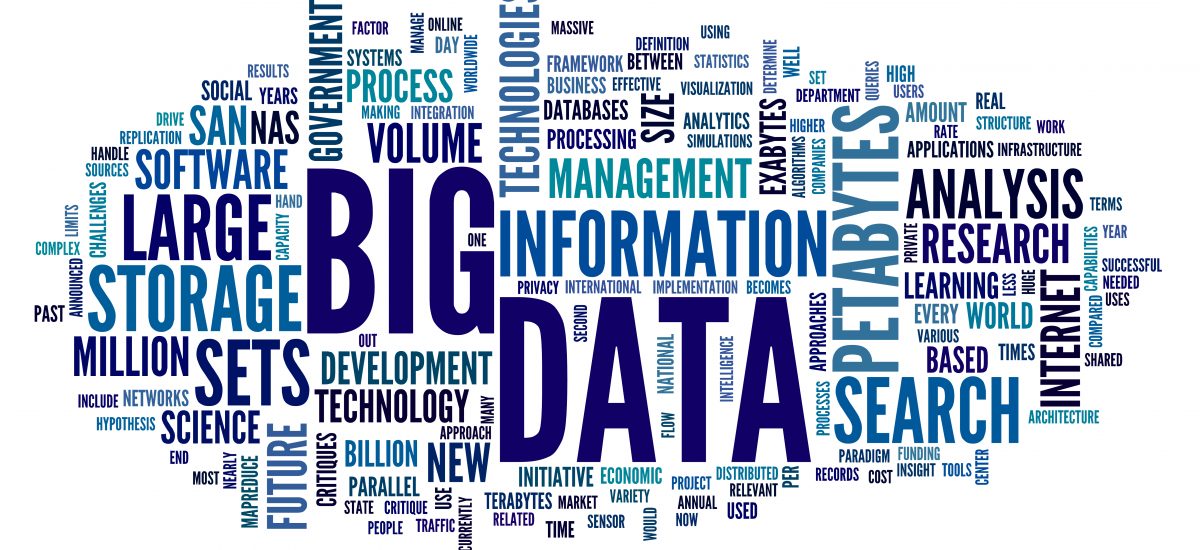The current world is defined both by the enormous amount of data that we have and by the high rate at which we continuously generate new data. In fact, 90% of all data available today has been generated only in the last two years.
Big Data is the technology that allows working with vast amounts of data and analysing it to find patterns. To process data at such a vast scale, a huge amount of computing power is needed, which has not been available until recent years.
Machine Learning is one of the technologies that has profited the most from Big Data. This technology has the goal to provide computers with the ability to learn, thanks to the programming of highly intelligent algorithms. This is an inductive process of knowledge, based on the data generated to get a continuous improvement of the system. Among the numerous applications of this technology, some remarkable ones are medical diagnosis, automatic translators and robotics.
The commercial applications of Big Data and Machine Learning, are numerous and of great impact for companies of many industries. Famous cases are Amazon and Netflix, that generate personalized recommendations based on the history of purchases or the content watched. Amazon, for example, can use data to guess that a customer has recently been a parent and recommend related products. Machine Learning is making these systems even better: they’re already capable of not only guessing what products are more likely to be of interest to a customer in a given moment, but also predict changes in our interests during our lifetime. Netflix’s algorithm is already making use of this ability: it won’t recommend a junior college student the same content that it will recommend that user when they have already settled down with a steady job and a family.
On the other hand, the evolution of these technologies allows reducing mistakes, separating relevant data of the irrelevant one. An example of this is Netflix. Until recently, a common problem in the system was occasional searches and watching. For example, if a child watched cartoons with their parent’s account, the system then recommended children’s shows to the parent. Netflix has improved its recommendation system detecting the visualizations that are not related to the taste and interest of the main user of the account, dismissing them for future recommendations.
The banking sector has begun to acknowledge the great potential of these technologies for the finance industry. BBVA, for example, uses Big Data and Machine Learning to correlate the messages sent to social networks with the behaviour of the markets, and thus predict stock market movements. If there is a sudden inflow of tweets with negative words about a certain company, that could mean a drop in their stocks is likely to happen. This tool is based in the processing of natural language and allows the visualization of data in real time. A notorious case was the prediction that Goldman Sachs would leave London: the news was known beforehand at BBVA because of messages on social networks.
Another notorious application of Big Data for the financial sector is the recommendation of products or services depending on the characteristics of the customer. Analysing a very high amount of clients and transactions, it is possible to customize the commercial offer automatically. For that, BBVA has been using tools such as Hadoop Hops for storage of data, Hive for analysis and RStudio to develop the model. Currently, this is still being tested, but the results are very promising: the recommendations were consistent with what a human sales assistant would recommend with the same data.
BBVA, furthermore, has combined Machine Learning, Big Data and Artificial Intelligence in a very useful tool for the finance sector: chatbots. This technology allows a computer to simulate a conversation with a human being, providing automatic responses to the questions or requests of a customer. For example, if a customer of the bank loses their credit card, they can cancel it and ask for a new one with the help of a chatbot. This technology allows BBVA to streamline the process of customer help, eliminating waiting times while reducing operating costs for the most common and simple of requests.
The great volume of data processed thanks to Big Data, at a rate far greater than human capabilities, combined with the artificial intelligence provided by Machine Learning, generate a continuous improvement, achieving more precise results. Taking into account market trends, it is expected that the influence of these technologies will be greater, increasing its presence in many industries and generating a dramatic change in business processes.


